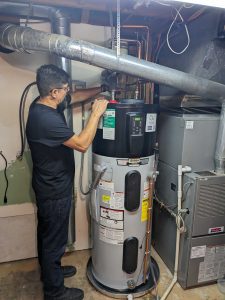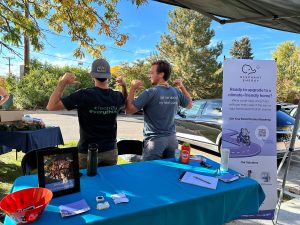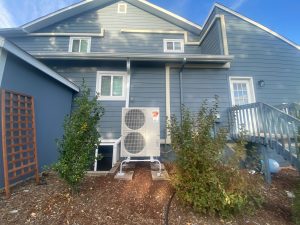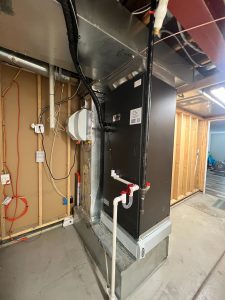Rule 3: Be Efficient (Part 2)
Hello. Welcome back to our climate-friendly home series. We’re stoked you’re here. If you’re new to the party, here’s what we’ve covered thus far:
- The basics of a climate-friendly home
- Rule 1: Don’t burn stuff
- Rule 2: Don’t use energy made from burning stuff
- Rule 3: Be efficient.
Today, we’re digging deeper into rule 3. Where our last edition focused on the importance of energy audits and weatherization, this post is all about making sure your systems are running the way they are supposed to run, AND that you aren’t replacing things all the time.
Embracing this rule comes with lots of perks: It can help ensure you aren’t stuck with a broken heating system when the in-laws are visiting over the holidays (yikes), prevent an unforeseen trip to the local appliance store on what was supposed to be a spectacular ski weekend (eek), and make your place a climate-friendly haven (yay!). Want to learn more? Let’s get into it.
Why It’s Important to Make Things Last
 To understand why “making it last” is so critical for efficiency, we first need to do a teeny science lesson on something called embodied energy.
To understand why “making it last” is so critical for efficiency, we first need to do a teeny science lesson on something called embodied energy.
Let’s say you buy a new fridge. It’s a rad new fridge with a computer that tells you when to buy new milk. As the most efficient fridge of its size, it will use 10% less energy than your old fridge. This is cool. (See what we did there?)
That fridge is made of parts and materials that took energy to make.
It took energy to put it on a boat and get it across the ocean to a warehouse.
It took energy to get it delivered to the store where you bought it, and more energy to get it to you and get it installed.
All that energy tied up in making that fridge and getting it to you? That’s embodied energy. And while that feels like a lot, the reality is that, over time, your energy-efficient fridge is going to “pay for” that embodied energy by SAVING lots of energy each year. So getting that new one IS better for the planet…in the long run.
But what if you have to buy a new one every 5 years? Does it “pay for” itself then? Nope. That’s why, beyond saving yourself the extra expense of having to replace appliances more often than necessary, making things last is a crucial component of a climate-friendly home.
So, How Do We “Make It Last”?
In short: We’ve gotta take care of our stuff. We’ve got to do our required yearly maintenance, as well as recommended preventative maintenance.
This means we need to vacuum the fridge coils. Change the filters on our heat pumps. Keep our induction stovetops nice and clean. Regularly flush our heat pump water heaters. Doing this maintenance ensures our system doesn’t have to work extra hard (i.e., inefficiently) because the filter is super dirty or other maintenance hasn’t been performed.
If keeping our systems maintained gives us an additional couple of years of life for our systems and appliances, that might mean that we buy one whole fridge fewer over our lifetime (in other words—BIG embodied and pocketbook energy savings).
__
If you’re in an Elephant Energy coverage area (Colorado and Massachusetts, and more to come), give us a shout to learn about our maintenance packages that’ll keep your climate-friendly upgrades in tip-top shape. And if we aren’t in your area yet, ask your installation specialists when you make these home upgrades to see what they offer by way of keeping your systems singing year after year.
 pinpoint precisely where there are inefficiencies (i.e., cracks, crevices, and leaks where air is escaping) throughout your home. This includes inspecting heating and cooling systems, insulation, window integrity, sealing, and more.
pinpoint precisely where there are inefficiencies (i.e., cracks, crevices, and leaks where air is escaping) throughout your home. This includes inspecting heating and cooling systems, insulation, window integrity, sealing, and more.  In our last post, we explored the different upgrades you can make to stop burning stuff in your home. TL;DR: There are tons of
In our last post, we explored the different upgrades you can make to stop burning stuff in your home. TL;DR: There are tons of 